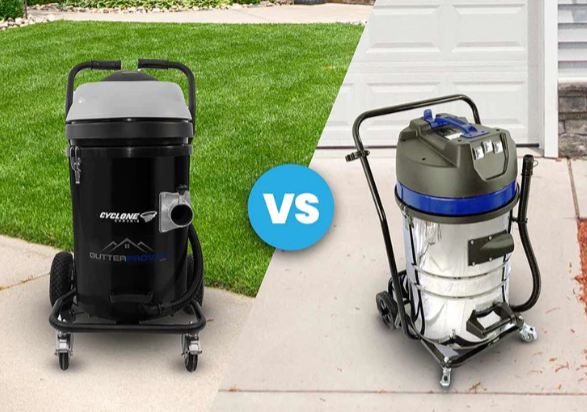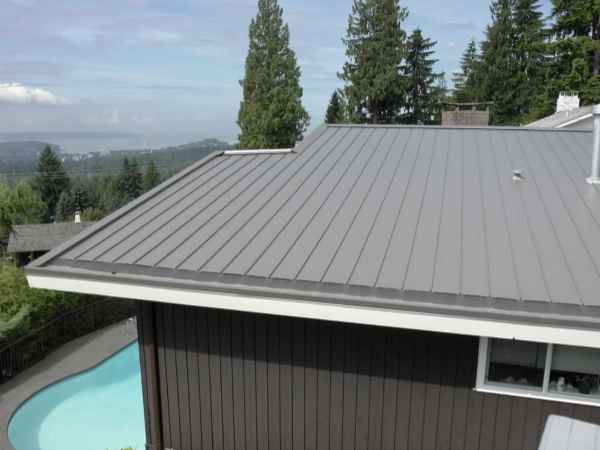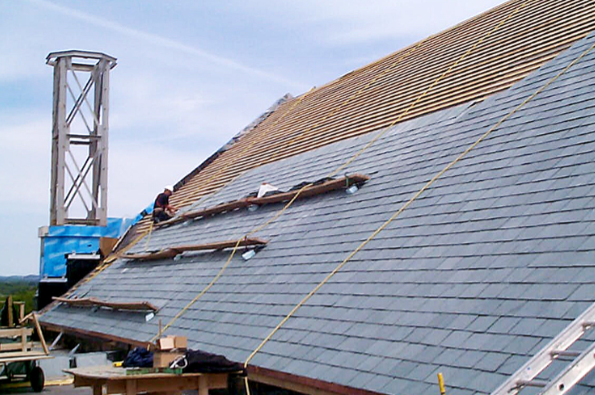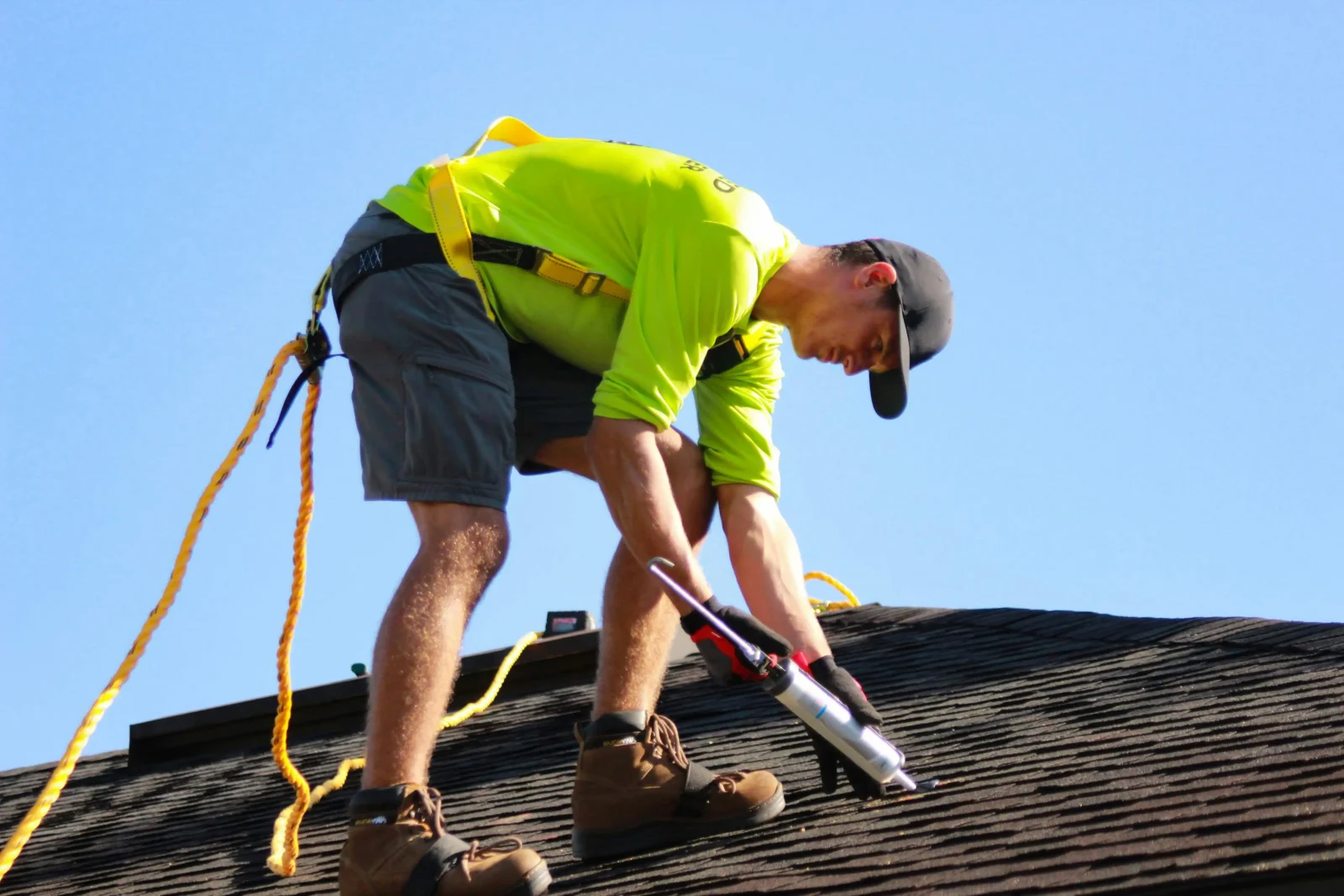- Home
- Articles
- Architectural Portfolio
- Architectral Presentation
- Inspirational Stories
- Architecture News
- Visualization
- BIM Industry
- Facade Design
- Parametric Design
- Career
- Landscape Architecture
- Construction
- Artificial Intelligence
- Sketching
- Design Softwares
- Diagrams
- Writing
- Architectural Tips
- Sustainability
- Courses
- Concept
- Technology
- History & Heritage
- Future of Architecture
- Guides & How-To
- Art & Culture
- Projects
- Interior Design
- Competitions
- Jobs
- Store
- Tools
- More
- Home
- Articles
- Architectural Portfolio
- Architectral Presentation
- Inspirational Stories
- Architecture News
- Visualization
- BIM Industry
- Facade Design
- Parametric Design
- Career
- Landscape Architecture
- Construction
- Artificial Intelligence
- Sketching
- Design Softwares
- Diagrams
- Writing
- Architectural Tips
- Sustainability
- Courses
- Concept
- Technology
- History & Heritage
- Future of Architecture
- Guides & How-To
- Art & Culture
- Projects
- Interior Design
- Competitions
- Jobs
- Store
- Tools
- More
How to Choose the Right Gutter Cleaning Tools for Different Roof Types

Choosing the right gutter cleaning tools isn’t just about grabbing whatever’s on sale at the hardware store. Your roof’s design plays a crucial role in determining which tools will work best and keep you safe.
Let’s see how to match the right tools to your specific roof type.
Table of Contents
ToggleDifferent Roof Types and Their Challenges
Before climbing that ladder, you need to know what you’re dealing with. Roof pitch (or slope) is measured by how many inches the roof rises for every 12 inches of horizontal distance. This measurement affects both your cleaning approach and the tools you’ll need.
Different pitches require different approaches:
- Low-slope (0-2/12): Easier access, but prone to debris accumulation
- Medium-slope (3/12-8/12): Standard residential pitch, requires proper extension tools
- Steep-slope (9/12+): Demands specialized equipment and often professional help
Tools for Low-Slope Roofs

Low-slope roofs might seem like a breeze to clean, but don’t let their gentle pitch fool you. Such roofs often collect more debris because there’s less gravity assist to wash things away.
Essential Tools for Low-Slope Cleaning:
- Gutter scoops: Perfect for direct access and bulk debris removal.
- Heavy-duty gloves: Protection is crucial when handling unknown debris.
- Garden trowel: Ideal for compacted material.
- Bucket hook: Keeps your debris container close at hand.
Quick tip: Even on low-slope roofs, always maintain three points of contact when on a ladder, and never overreach.
Tools for Medium and Steep-Slope Roofs

As the pitch increases, so does the need for specialized equipment. Medium and steep-slope roofs require tools that prioritize both safety and effectiveness.
Must-Have Equipment:
- Telescopic poles: Extend your reach without compromising stability
- Gutter cleaning attachments: Curved tools designed for various angles
- Ladder stabilizers: Essential for secure positioning
- Guard-mounted cleaning systems: Allow cleaning from ground level
Getting the right tools for these slopes isn’t just about convenience—it’s about safety. The steeper the roof, the more important it becomes to have equipment that keeps you firmly planted on solid ground or a secure ladder.
Tools for Complex Roof Designs

Homes with multiple roof lines, dormers, or valleys require a special approach. Such architectural features might look beautiful, but they can turn gutter cleaning into quite a puzzle.
Specialized Tools for Complex Designs:
- Curved attachments: Perfect for navigating around dormers and corners
- Vacuum systems: Ideal for hard-to-reach valleys
- Multi-angle adapters: Help access gutters from various positions
- Inspection cameras: For checking those impossible-to-see spots
Quick tip: When dealing with complex roof designs, map out your cleaning strategy before starting. This helps ensure you don’t miss any sections.
Maintenance Tips and Prevention
Smart maintenance can help you prevent future headaches. The right preventive tools can drastically reduce your cleaning frequency.
Prevention Tools by Roof Type:
- Low-slope roofs: Mesh guards to prevent leaf buildup
- Medium to steep slopes: Solid covers or micro-mesh systems
- Complex designs: Professional-grade gutter protection systems
FAQs and Conclusion
How often should I clean my gutters?
Regardless of roof type, aim for at least twice yearly—spring and fall. However, if your home is surrounded by trees, especially pines, you might need quarterly cleaning. Low-slope roofs often require more frequent attention since debris doesn’t wash away as easily.
Can I clean any type of roof gutters myself?
While low and medium-slope roofs are typically DIY-friendly, steep slopes (9/12 pitch or greater) and complex designs often warrant professional help. Always assess your comfort level and physical capabilities before attempting gutter cleaning.
What’s the most important tool for any roof type?
Safety equipment comes first—always. This includes a sturdy ladder, non-slip shoes, proper stabilizers, and safety glasses. The specific cleaning tools come second to having the right safety gear.
How do I know if my gutters need cleaning?
Look for these warning signs:
- Water overflowing during rain
- Visible plant growth in gutters
- Sagging gutter sections
- Birds or pests frequently visiting your gutters
- Water stains on your home’s exterior
Are gutter guards worth the investment?
The value depends on your roof type and surrounding environment. For homes with heavy tree coverage, quality gutter guards can significantly reduce maintenance needs. However, different roof pitches require different types of guards:
- Low-slope roofs: Focus on mesh styles that prevent debris buildup
- Steep roofs: Consider solid covers that utilize water surface tension
- Complex roofs: Professional-grade systems with custom-fitting
What should I do if I find damaged gutters during cleaning?
Document any damage you find during cleaning. Small holes can often be sealed with gutter sealant, but larger issues like sagging or pulling away from the house require professional repair. Never attempt repairs on steep or complex roofs without proper training.
What’s the best time of day to clean gutters?
Early to mid-morning is ideal for gutter cleaning. The temperature is usually moderate, debris is still damp from morning dew (making it easier to remove), and you have good visibility. Avoid cleaning during peak sun hours when ladder rungs can be hot and glare can impair visibility, or late afternoon when light is diminishing.
illustrarch is your daily dose of architecture. Leading community designed for all lovers of illustration and #drawing.
Submit your architectural projects
Follow these steps for submission your project. Submission FormLatest Posts
Sunny Days, Secure Roof: Simple Steps to Shield Your Home
Your home is more than just a place to live—it’s a sanctuary....
Simple and Stylish Roof Ideas for Homeowners
When designing your home, don’t overlook the roof. It’s essential for both...
Key Qualities to Look For in a Residential Roofing Contractor
Choosing a residential roofing contractor involves careful consideration. The roof is a...
Top Signs It’s Time to Replace Your Gutters, Not Just Repair Them
What plays a crucial role in protecting your roof down to the...












Leave a comment